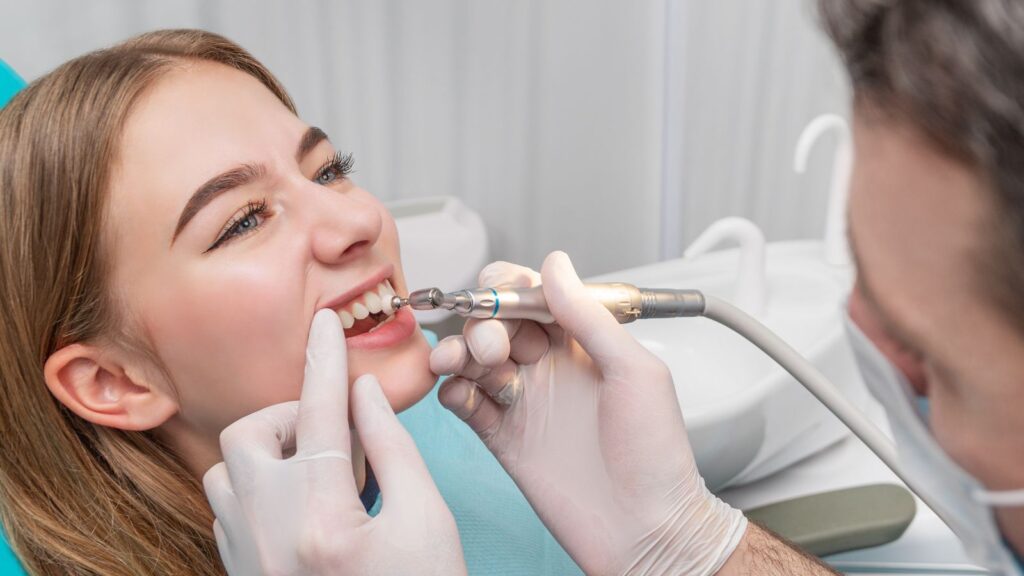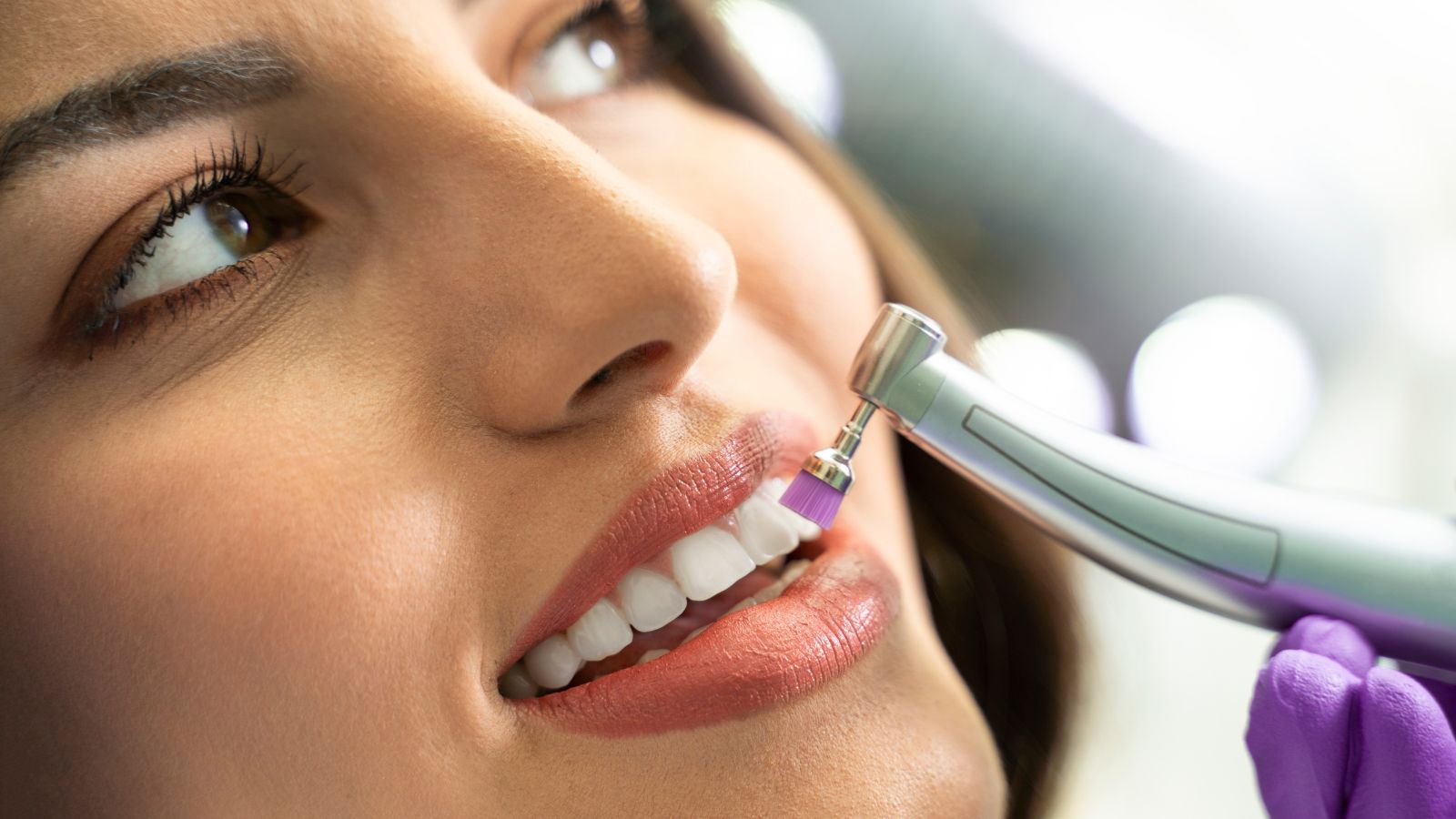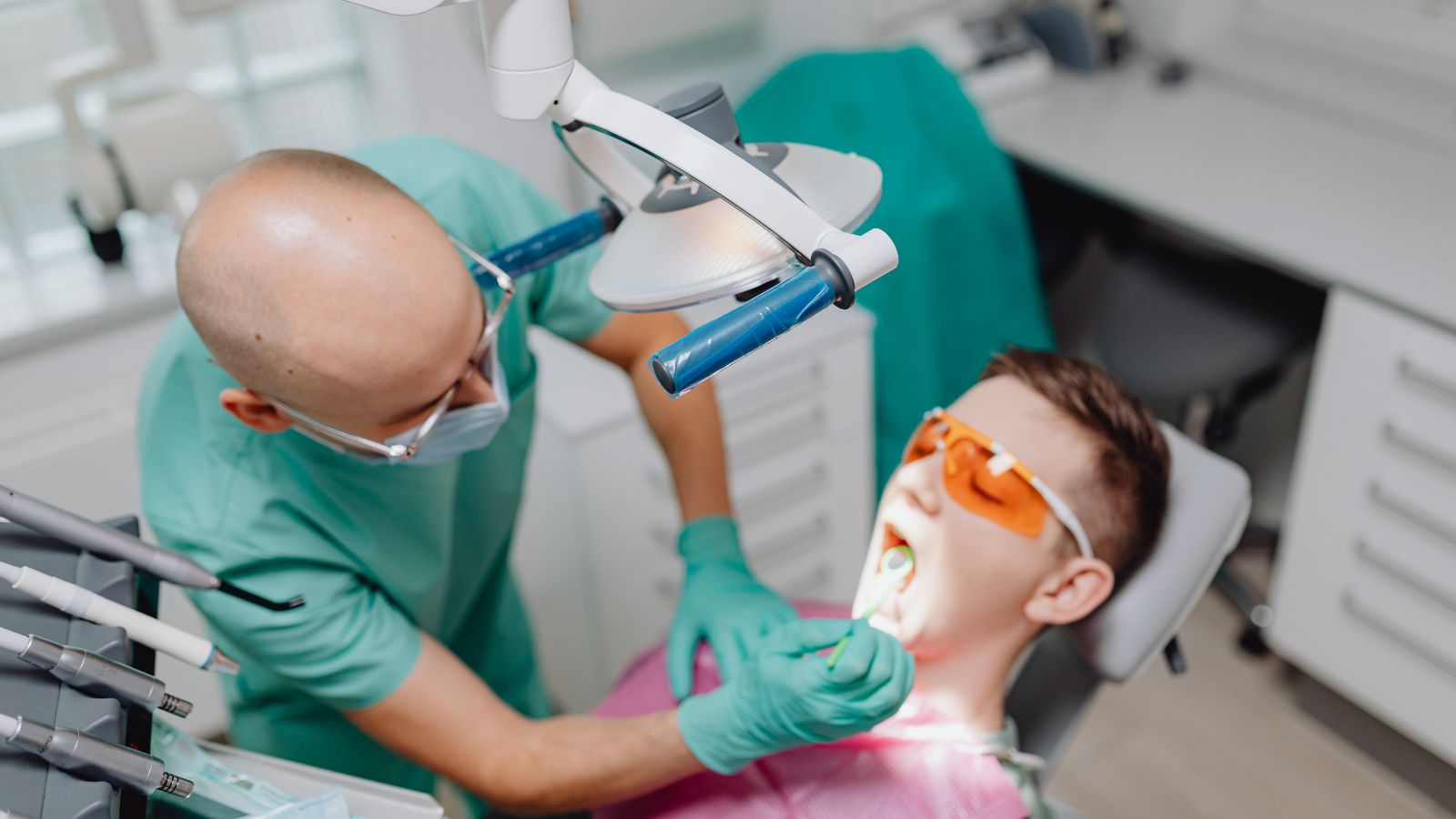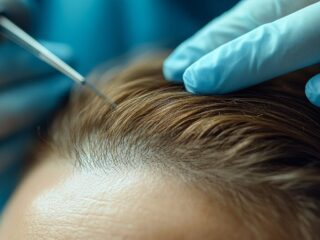
These are the dental procedures that include pursuing a brighter, healthy smile. Among them is teeth polishing, frequently mentioned in the same breath as cleaning or whitening. But, what is teeth polishing? It’s not just a superficial buffing; it is quite an important aspect of oral hygiene and thus plays an essential part in both health and beauty. The process-the actual advantages and role in annual dental visits to make its importance understood.
Teeth polishing is basically smoothing the surfaces of the teeth so as to make them shine and be free of roughness. While brushing and flossing at home are essential activities to keep the teeth free from daily plaque and leftover food debris, they generally produce microscopic irregularities and biofilm, which are popularly removed only by using professional tools. Teeth polishing is performed by a dentist or dental hygienist using specialized instruments and abrasive pastes that vary in grit to allow different levels of polishing depending on the needs of patients and areas being treated.
Normally, polishing occurs after getting a thorough cleaning of the teeth, which means scrubbing away much larger deposits of plaque and tartar (calculus) by scaling. Once the teeth are free from the hard and soft deposits, polishing comes in to refine the surfaces. A small soft rubber cup or a brush attachment is fitted to a slow-speed handpiece; then this cup or brush is dipped into polishing paste and gently applied to each tooth surface, methodically working around the whole mouth. The abrasive particles in the paste work to smooth out any remaining microscopic plaque, stains, and rough areas.

One benefit of polishing teeth is the elimination of any residual plaque and biofilm. After careful scaling, some debris adheres in tiny amounts to crevices and the gum line, and the polishing is efficient in removing this, resulting in a smooth surface to be less friendly to future colonies. This reduction in bacteria makes great strides in the prevention of gum disease (gingivitis and periodontitis) and caries. The clean, smooth environment created by polishing makes it almost impossible for plaque to adhere and mature into nasty tartar.
It also has the clear advantage of removing surface stains, which may be as a result of tentatively applied formats of a person like coffee, tea, red wine, and smoking. Since such stains only don the surface of the enamel structure, they are not the penetrating types, but the brightness of a smile can dull down. The abrasive action of the polishing paste gently buffs away these superficial discolorations on the surface, allowing an even more naturally glowing and vivacious appearance to shine through. This is often the very first reward that patients feel after professional cleaning and polishing.
Tooth polishing results in a smooth tooth surface, which brings several benefits. For example, smooth enamel will not trap food and debris so much for effective brushing and flossing. In addition, the roughness feeling with which some people coin their words is significantly minimized, giving one a cleaner sense of health in the mouth. This cleanliness may also deter new stains from attaching themselves to surface areas, hence helping keep that smile brighter for much longer.
Teeth polishing has many benefits, but it also has certain limitations. It cannot replace scaling or root planning since those procedures are required to remove deeply embedded tartar and treat advanced gum disease. Polishing is important for surface smoothness and stain removal alone. Furthermore, it should be performed judiciously; polishing excessively or too often could eventually cause the removal of small amounts of enamel due to over-polishing. Hence, it is always done by trained dental staff. Dental professionals have the appropriate polishing pastes and techniques to maximize benefits while minimizing any potential risks.
In summary, teeth polishing is among the most useful and essential aspects of professional dental cleaning. They will not only make your teeth shiny, but also, most importantly, remove residual plaque and biofilm, superficial stains, smoothen the tooth surfaces to which bacteria attach, and avoid discoloration. Teeth polishing, usually done by skilled dentists and hygienists, goes a long way in healthy oral conditioning, preventing gum diseases and decay, and enhancing the naturally radiant effect of your smile. It is an integral step forward in attaining and maintaining a healthy and confident smile, which feels as good as it looks.













